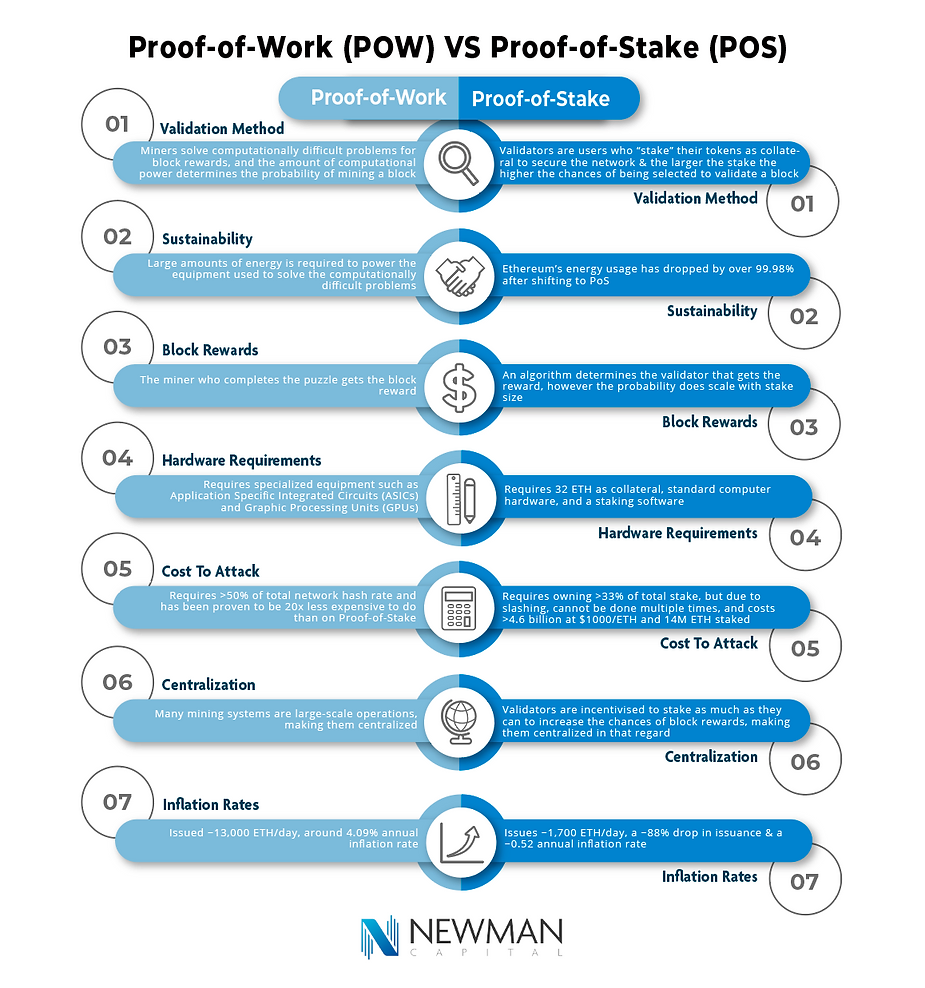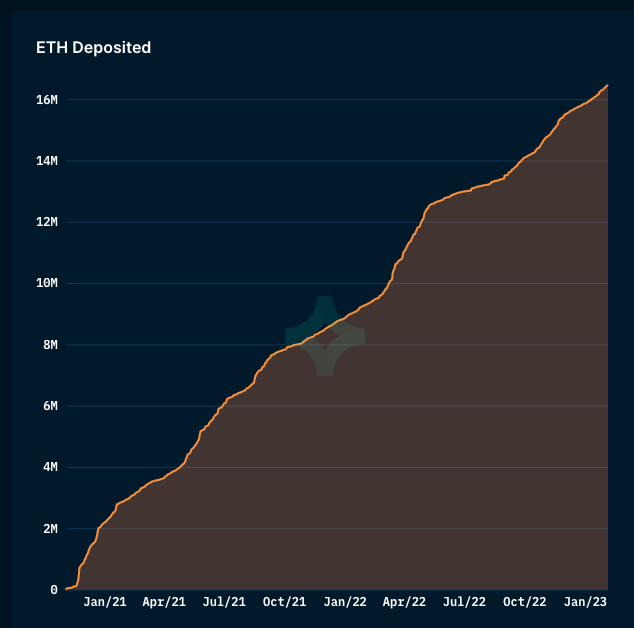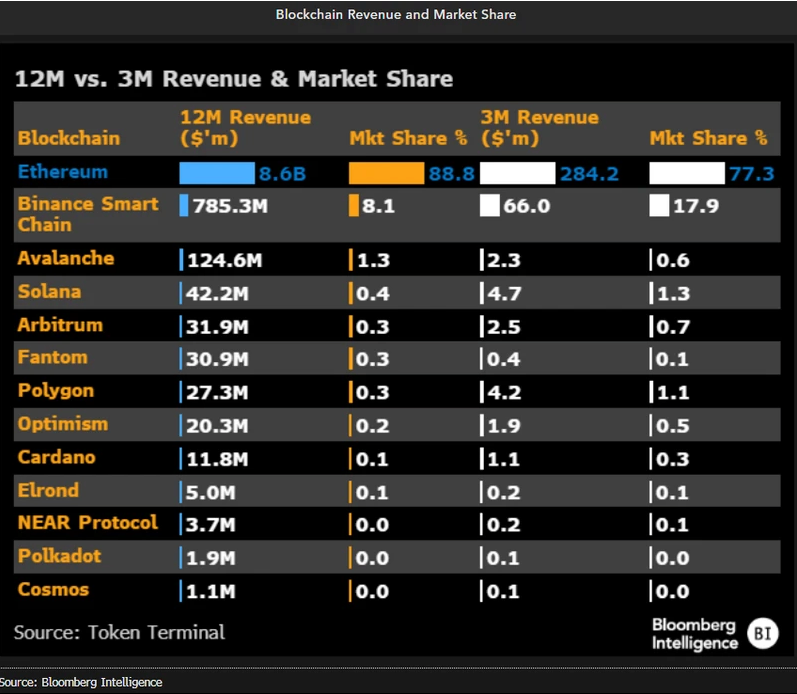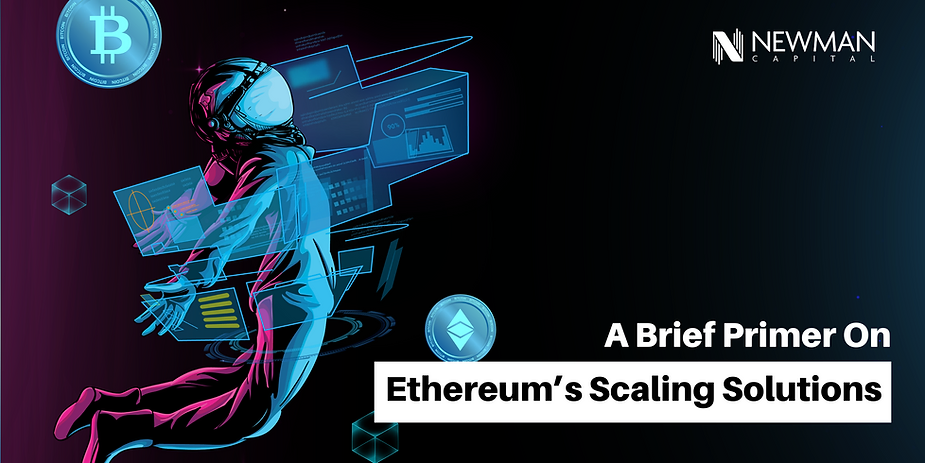Newman Research: An Introduction To Ethereum’s Proof-Of-Stake
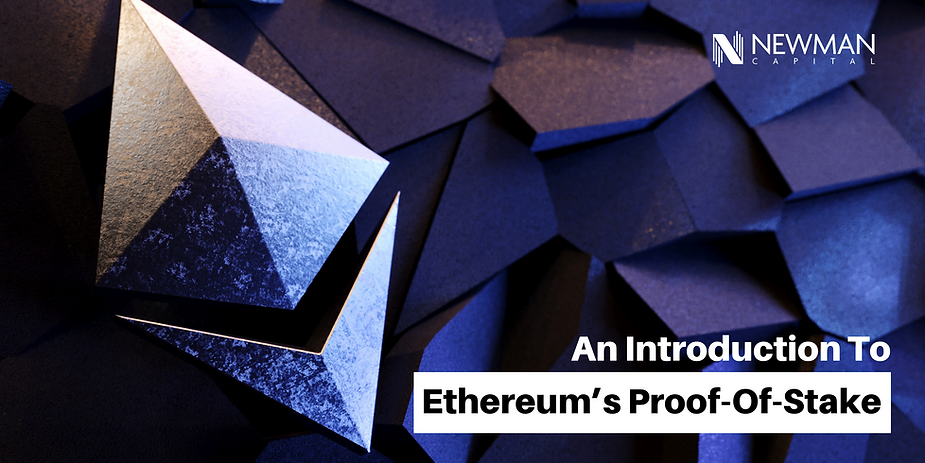
The Ethereum 2.0 upgrade last September, nicknamed the Merge, saw Ethereum transition from Proof-Of-Work to Proof-Of-Stake.
Author: Kyle, Research Analyst at Newman Capital
The move to Proof-of-Stake allows anyone to be a validator. By taking part in verifying transactions, creating new blocks, and maintaining the security of the chain, stakers are rewarded by the Ethereum network. While POS is more energy-efficient than POW, this process requires intensive start-up capital to the tune of 32 ETH. For the average ETH holder, this is a costly investment – it has a high barrier to entry with little proportional rewards.However, this all changed with the introduction of Liquid Staking Protocols. Liquid Staking Protocols are platforms such as Lido and Rocketpool that allow anonymous users to “pool together” their ETH in order to act as validators for the network. As such, even the average ETH holder can take part in validating the network without having to stake the minimum 32 ETH.
Liquid Staking Protocols & The Shanghai Upgrade
Liquid Staking Protocols were developed to increase accessibility to Ethereum network validation and democratize the staking market. In this article, we will not be comparing products on an individual level, but we will maintain a high-level focus on the overall thesis of Liquid Staking Protocols.In a recent report, JPMorgan stated that they believed staking pay-outs could balloon from $9 billion annually today to $20 billion in the quarters following the launch of Ethereum 2.0, and $40 billion by 2025. Ever since the Merge, the amount of ETH staked in Liquid Staking Protocols has been on an uptrend. While this is to be expected as withdrawals from the Beacon Chain are not yet available, the rate at which ETH has been staked is staggering. We can see from the Nansen chart below that ETH staking has been increasing in droves, with approximately 16.3 million ETH staked at the time of writing.
Figure 1: ETH deposited over time, Nansen
The following Dune Analytics chart provides us with a zoomed-in view of the staking rate, with weekly staking amounts ranging from 80,000 to 600,000 ETH.
Figure 2: ETH deposited to Beacon Chain, Dune Analytics By Hildobby
Lastly, the Dune Analytics chart below breaks down the types of depositors on the Beacon Chain. While whales and CEXes led the pack in being the biggest ETH stakers initially, Liquid Staking Protocols have far surpassed them in terms of market share.
Figure 3: Beacon Chain depositors breakdown over time, Dune Analytics by Hildobby
The three depictions of data above give a clear picture of how current market participants perceive staking. Despite the fact that withdrawals from the Beacon Chain are not available at this time, the data shows that stakers are still locking up their ETH at high rates. This presents a bullish case for staking as it shows user belief in the continued use of Ethereum and their willingness to back their confidence belief with capital by locking funds to validate the network.
Figure 4: Alchemix Fi Vaults
This argument is strengthened when we analyze the token seniority distribution of stETH. The below table shows that the highest percentage of stETH holders have held their stETH for 90 days or more despite recent market fluctuations.
Figure 5: stETH Token Seniority Distribution, Nansen
As for existing ETH validators, many have already staked >32ETH in the previous system for months, some even years, prior to the Shanghai Upgrade therefore upcoming changes should not initiate a mass exodus.
The Future Of Liquid Staking
Overall, we believe that the staking market will continue to grow due the ever improving economics of Ethereum. As more transactions are conducted on-chain and ETH becomes more disinflationary due to burning vs issuance rates, Ether becomes a more valuable asset with all else being held constant. Add the fact that the Ethereum network is the base layer for all things De-Fi,including, but not limited to swaps, lending, and NFT financialization, ETH is an extremely appealing asset to hold due to its varied use cases.
To summarize, we believe that moving forward there will only be more use cases developed for staked ETH which would result in an up-trend for ETH staking and users utilizing Liquid Staking Protocols. An example being Eigenlayer, a platform that reuses staked capital to secure middle-layer networks, however an analysis of what their team is building and more advanced applications of staked ETH can be spun off into a separate article all together. For now, we will leave the discussion here. Unlike other layer one networks, ETH remains the most appealing due to its cost-effectiveness, accessibility, and positive sentiment as a network for users looking to earn yield on fiat via ETH staking.
Figure 6: Blockchain Revenue and Market Share, Bloomberg Intelligence
